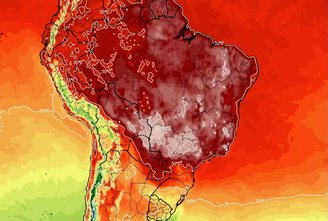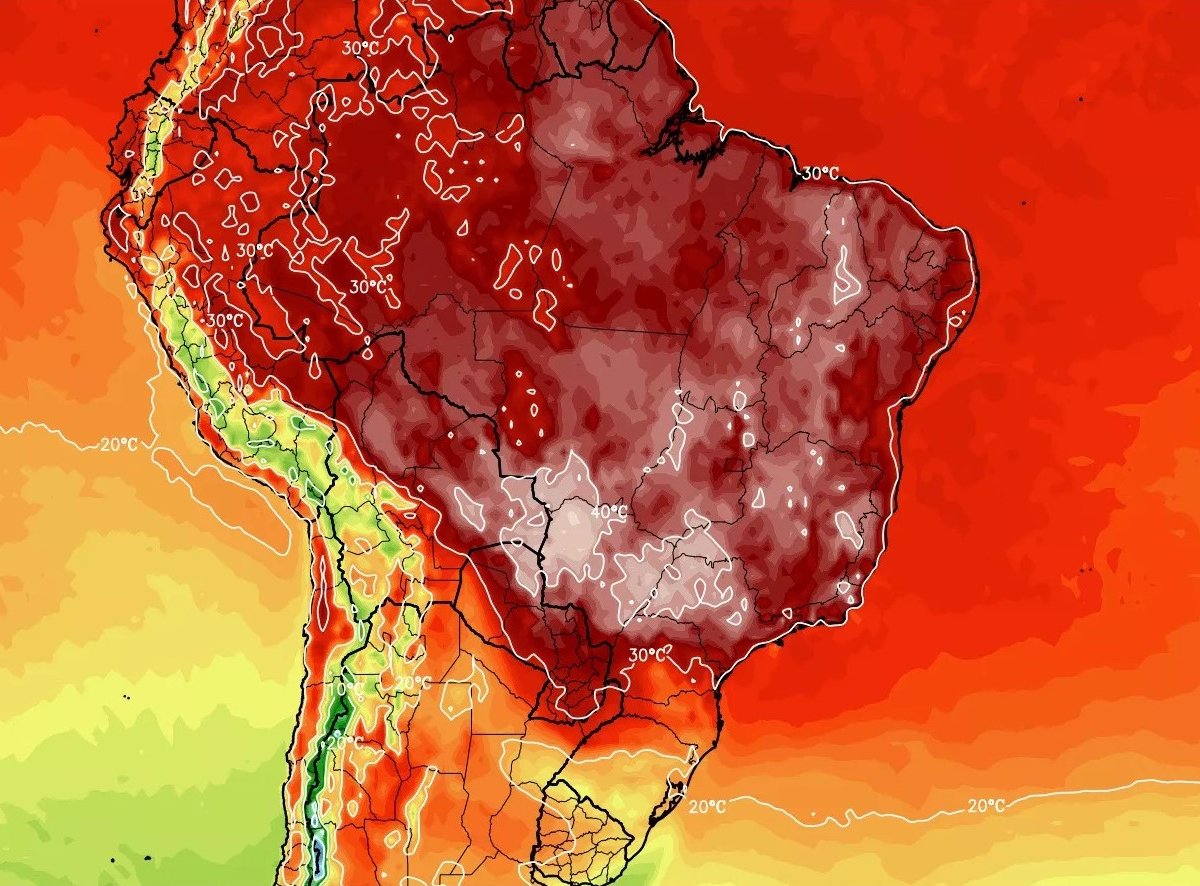A NASA report based on satellite data warns that climate change could make some places on Earth too hot to live in. One in five places on Earth will be rendered uninhabitable by extreme heat by 2070; There are some areas in the Midwest, Northeast, North and Southeast of Brazil.
In this alarming forecast, habitability is defined in terms of “more extreme humid temperatures.” a meteorological condition characterized by high temperatures and high relative humidityThis climate, which was neglected until recently, becomes dangerous because in cases where humidity is high, the evaporation efficiency of sweat decreases and body temperature deteriorates.
This concern is justified: heat stress is currently one of the main causes of climate-related deaths worldwide. The report by the World Health Organization (WHO) and the World Meteorological Organization (WMO) states: Between 2000 and 2019, heat caused 489,000 deaths per year worldwide. Because these numbers are underreported, it is thought that at least 14.6 million people may die from heat each year.
When does heat make places uninhabitable?
For NASA Jet Propulsion Laboratory scientist Colin Raymond, lead author of a 2022 study on temperatures and humidity too severe for human tolerance, published in the journal Science Advances, measuring heat stress can sometimes be a bit tricky. It was therefore necessary to adopt an index that measures people’s ability to dissipate heat efficiently..
This threshold, called wet bulb temperature (WB), sets our upper physiological tolerance limit at 35°C. The measurement “represents how well our bodies cool down through sweat when the weather is hot and humid, and can tell us whether conditions are harmful or even deadly to our health,” NASA explains.
Currently, wet bulb temperature is calculated using measurements from electronic devices at weather stations. On the NASA website, Raymond explains: The highest wet-bulb temperature a human can withstand when exposed to the elements for at least six hours is around 35°C.
According to NASA, what other regions will become uninhabitable in 50 years?

In addition to the Brazilian regions, where deforestation and irresponsible consumption of natural resources have had a major impact on increasing environmental temperatures, NASA has announced four more regions on the planet that could become “uninhabitable” within 50 years at most.
South Asia, one of the most densely populated regions, is home to a population of billions of people and by 2070 wet bulb temperatures are expected to exceed 35°C, which is unbearable for even healthy people.
In the case of the Persian Gulf and the eastern coast of the Red Sea, the situation is even more serious, as temperatures in these regions are already very high and are expected to rise in the coming years, which could further NASA’s already catastrophic prediction. Finally, China and Southeast Asia, Like Brazil, they are on the US space agency’s “hot list”, but the exact deadline remains unclearSetimes Setimes.
Stay up to date with the latest studies on the impacts of climate change in Brazil and around the world on TecMundo. Take the opportunity to learn, too, as scientists warn of possible chaos on Earth due to human activities.
Source: Tec Mundo
I’m Blaine Morgan, an experienced journalist and writer with over 8 years of experience in the tech industry. My expertise lies in writing about technology news and trends, covering everything from cutting-edge gadgets to emerging software developments. I’ve written for several leading publications including Gadget Onus where I am an author.













